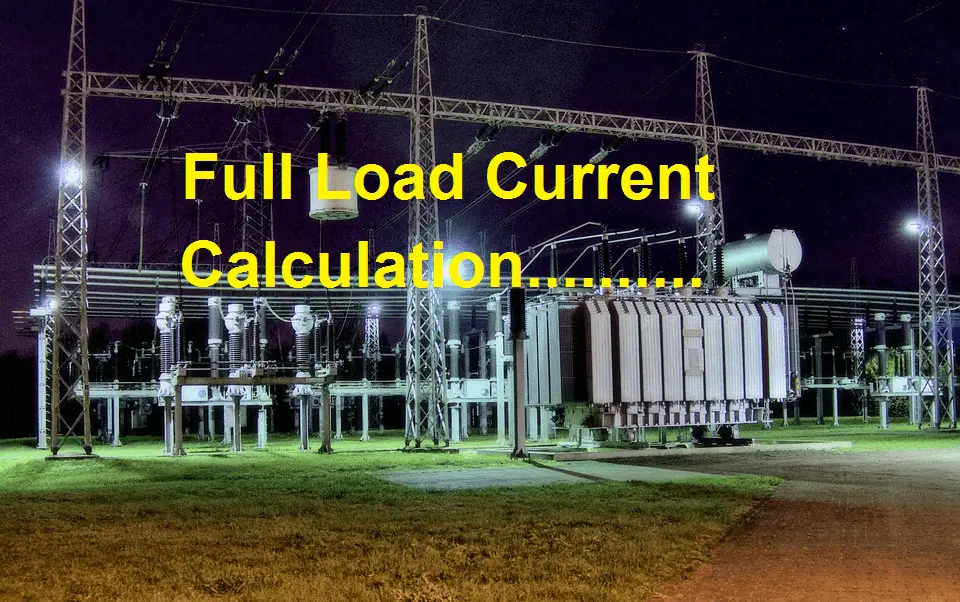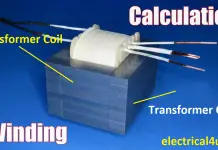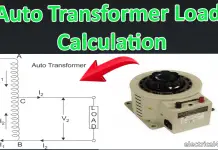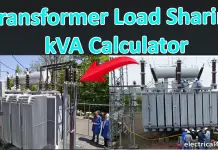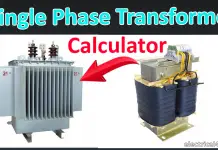Parallel operation transformer:
Operating two are more transformer in parallel with each other such operation is called transformer parallel operation. Condition for Parallel operation,
- Phase sequence should be the same:
- Vector group of the transformer should be the same
- Frequency of the transformer
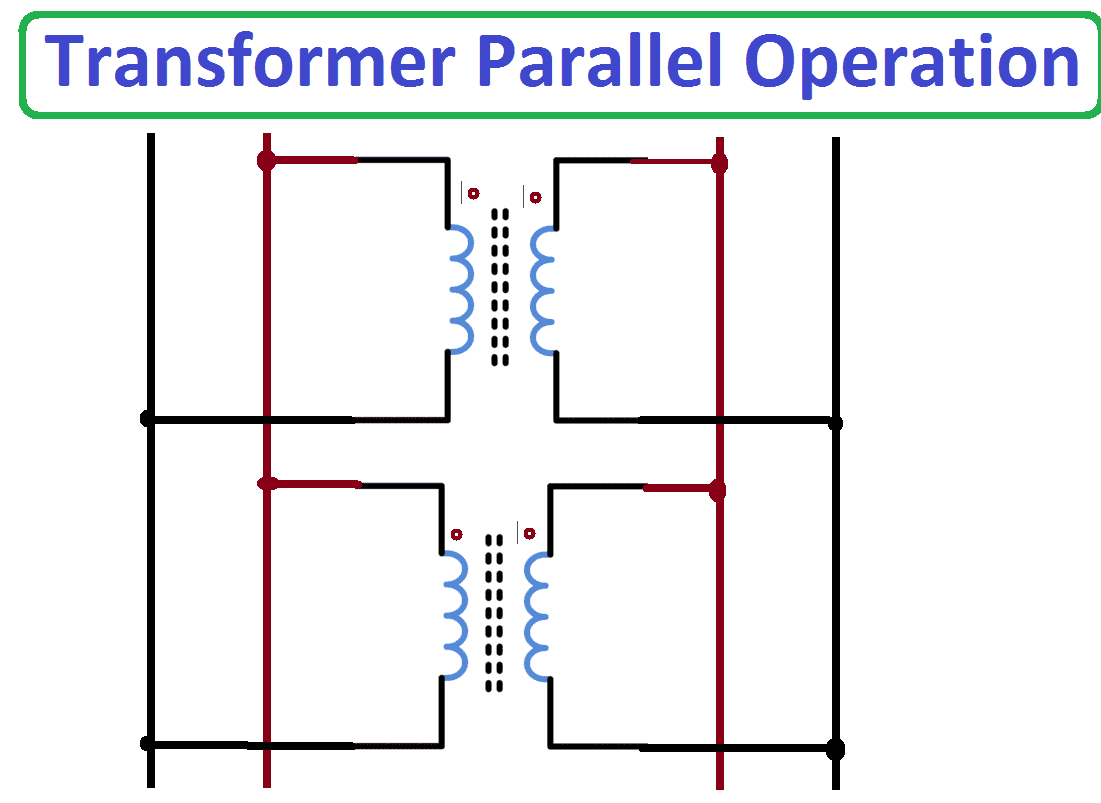
An important condition for Transformer parallel operation:
The secondary voltage of all transformer should be equal in magnitude and phase.
The voltage ratio of all transformer must be equal. i.e if the single transformer has the ratio of 11000/440 Volts means, you should connect another transformer with the voltage ratio of 11kV/440 Volts.
In many websites such as circuit globe, electrical4u, electrical easy etc. have written like this the voltage ratio should be the same. Do you accept this?. I never accept this condition because of the voltage ratio means the ratio between the primary to secondary voltage is called the voltage ratio.
Actually, the real facts to operate transformers in parallel operation, the secondary voltage of each transformer parallel transformer should be the same.
For example, if you have the two different transformers 11 kV/110 volts and 110kV/1100 Volts. Can we operate these two transformers in parallel? No, it is highly impossible, but their voltage ratio is the same. That why I say the two transformers secondary voltage should be the same. That is the correct answer.
Example: If you connect two transformers 11000V/440 Volts and 22000V/440 Volts surely we can perform the parallel operation.
Phase sequence should be the same:
The transformer should have same phase sequence. If we connect the transformer in the wrong phase sequence, it creates high short circuit current in the transformers primary and secondary windings. Typically, we can say it as a short circuit.
Vector group of the transformer should be the same:
The transformer vector group should be same otherwise, the high circulating current will flow on the transformer’s windings.
Frequency of the transformer:
The parallel transformer should have the same frequency.
Polarity should be the same as all transformer…
Considerable condition for transformer parallel operation:
The considerable condition means we can run the transformer without these conditions.
The percentage impedance of the parallel transformer can be equal. Because of the percentage impedance is only responsible for sharing the KVA output of the transformer.
Again, the current flow of these transformers is inversely proportional to their internal impedance. From these two statements, it can be said that the impedance of transformers running in parallel is inversely proportional to their MVA ratings.
In other words, percentage impedance or per unit values of impedance should be identical for all the transformers that run in parallel.
The ratio of their winding resistances to reactance’s should be equal for both the transformers. This condition ensures that both transformers operate at the same power factor, thus sharing their active power and reactive volt-amperes according to their ratings.
Advantage of Parallel Operation:
- Load sharing to multiple loads
- Reduce installation cost. Instead of installing New MCC panel, PCC panel, new accessories etc. we can simply extend the existing PCC.
- Maximize the power transfer to various loads
- To maximize electrical power system availability
The disadvantage of Parallel operation:
- During running condition, if one transformer tripped means then the parallel transformer also trips. Their unnecessary power system shut down.
- If the load demand is high, then we cannot create a loaded schedule.
- To maintain a single transformer, we should shut down the entire power system.
- Poor Fault analysis.


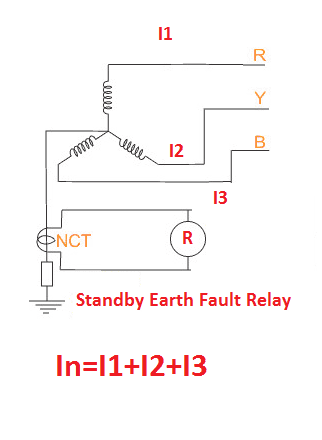
![What is Normally Open & What is Normally Closed [Video Included] What is NO and NC](https://www.electrical4u.net/wp-content/uploads/2020/09/What-is-NO-and-NC-218x150.png)


